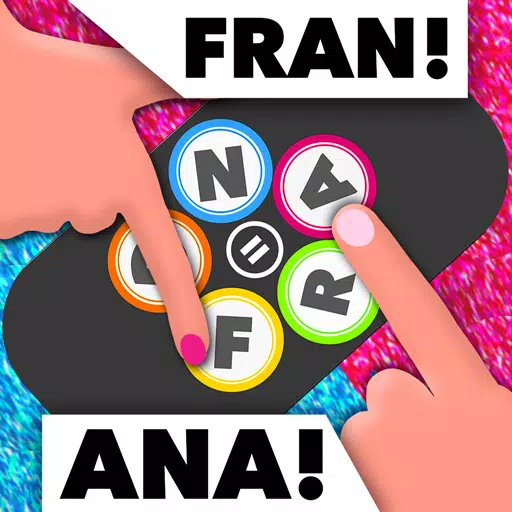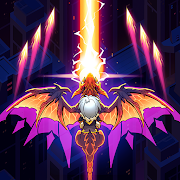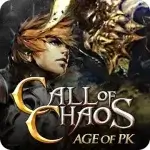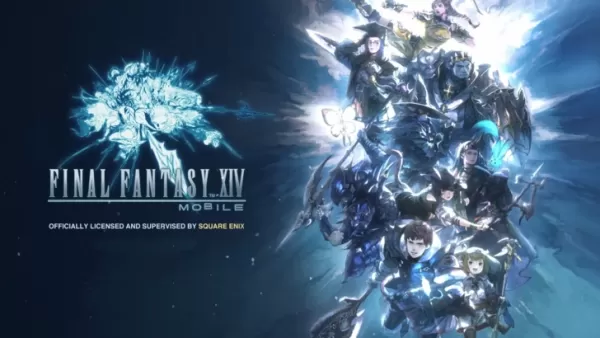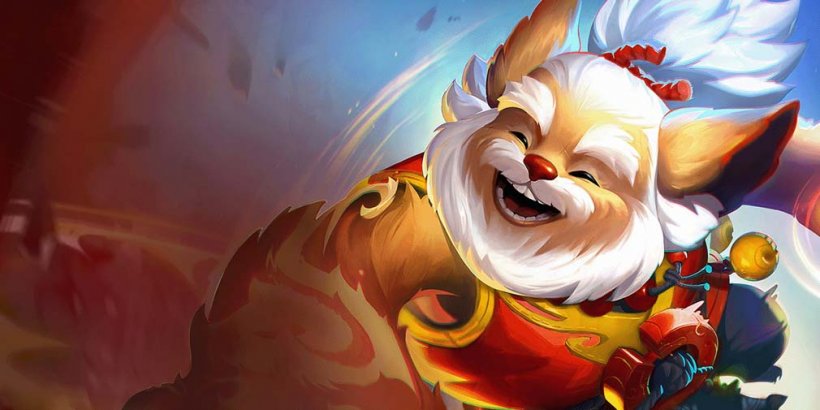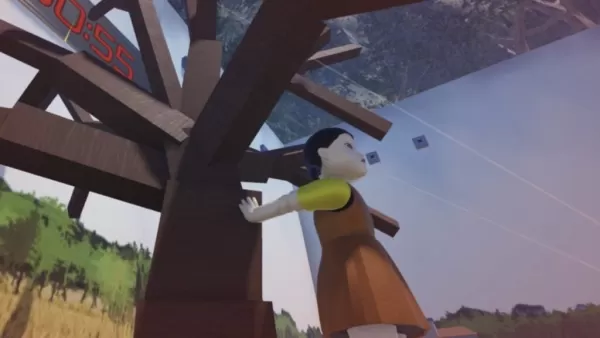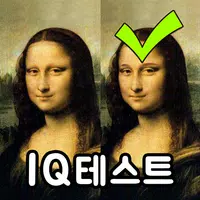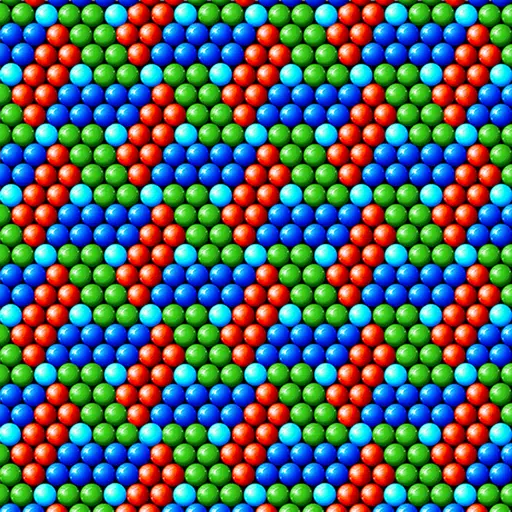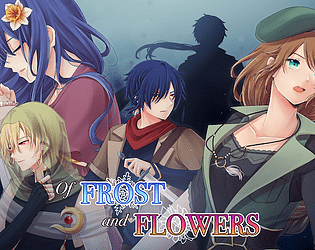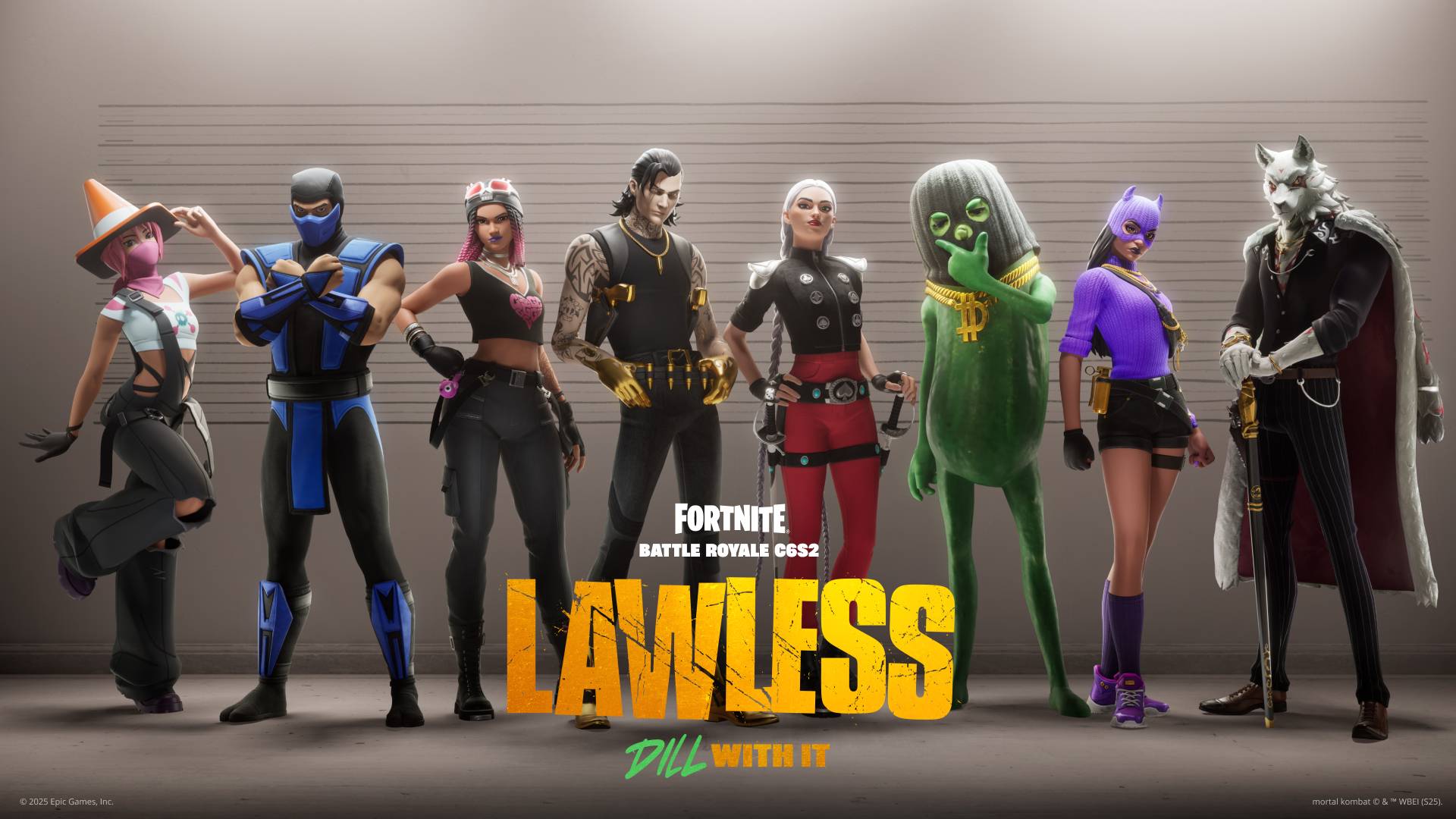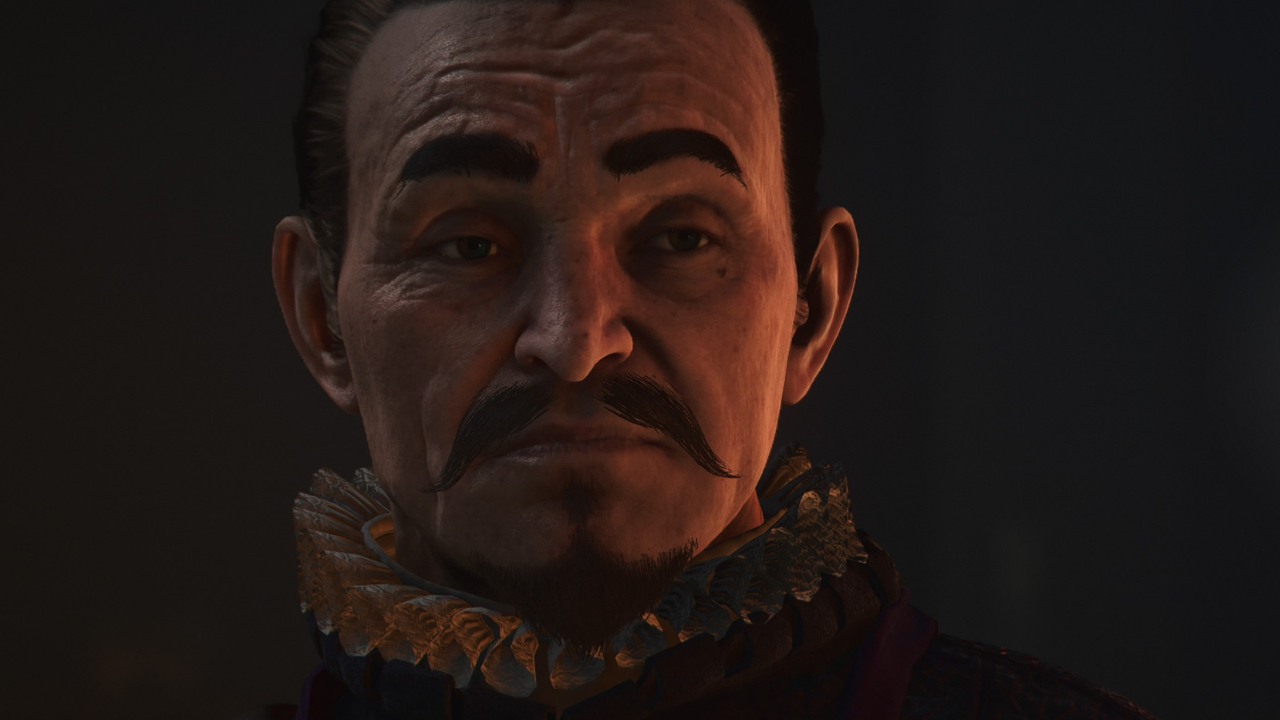Invincible: The Bold Transformation from A Comic Masterpiece into an Animated Phenomenon
The Amazon Prime animated series, Invincible, based on Robert Kirkman's comic book, has captivated audiences with its blend of intense action, complex characters, and morally gray storytelling. However, adapting such a rich source material for television inevitably required changes, some subtle, others more substantial.
This article examines the key differences between the animated series and the comics, analyzes the reasons behind Season 3's perceived shortcomings, and explores how these adaptations affect the overall narrative.
Table of Contents
- From Page to Screen: Key Differences Between the Animated Series and Comics
- Mark Grayson’s Journey: Compression vs. Gradual Growth
- Supporting Cast Dynamics: Who Gets More Screen Time?
- Antagonists: Simplified Motivations for Pacing
- Action Sequences: Enhanced Visuals and Choreography
- Thematic Exploration: Emphasis on Morality and Legacy
- Season 3 Critique: Why the Magic Fades
- Repetitive Storylines: Treading Familiar Ground
- Cecil's Subplot: A Missed Opportunity
- Lackluster Action: Where Did the Spark Go?
- Slow Start: Building Momentum Too Late
- Balancing Adaptation and Innovation
- Why Fans Should Still Watch (Read With Caution)
From Page to Screen: Key Differences Between the Animated Series and Comics
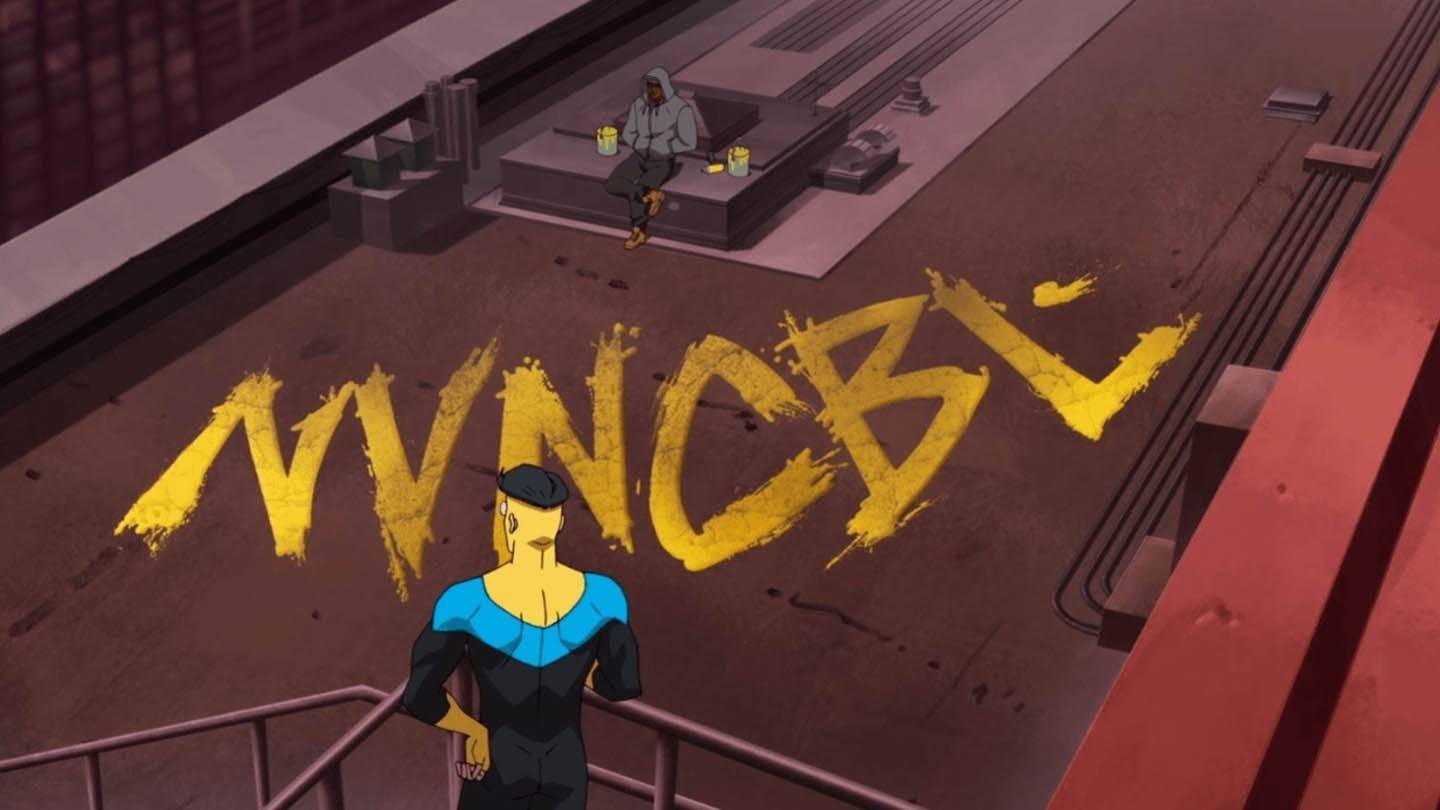 Image: amazon.com
Image: amazon.com
Mark Grayson’s Journey: Compression vs. Gradual Growth
A significant difference lies in Mark Grayson's portrayal. The comics depict his superhero transformation gradually, allowing for a deeper exploration of his character arc and the moral challenges he faces. The series, however, accelerates this process, prioritizing plot urgency over nuanced character development. While engaging, this compression may leave some fans feeling that aspects of Mark's growth were rushed.
Supporting Cast Dynamics: Who Gets More Screen Time?
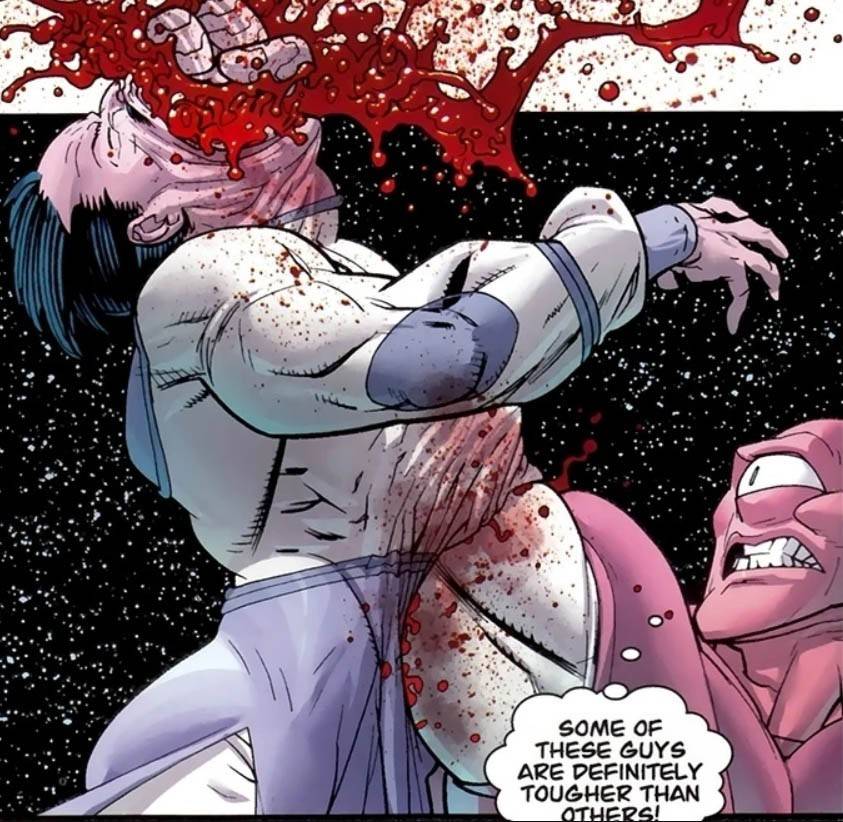 Image: amazon.com
Image: amazon.com
The supporting cast also sees shifts. Allen the Alien, for example, gains prominence, adding humor and context to the universe. Conversely, characters like Battle Beast receive less screen time, a change reflecting narrative streamlining decisions.
Antagonists: Simplified Motivations for Pacing
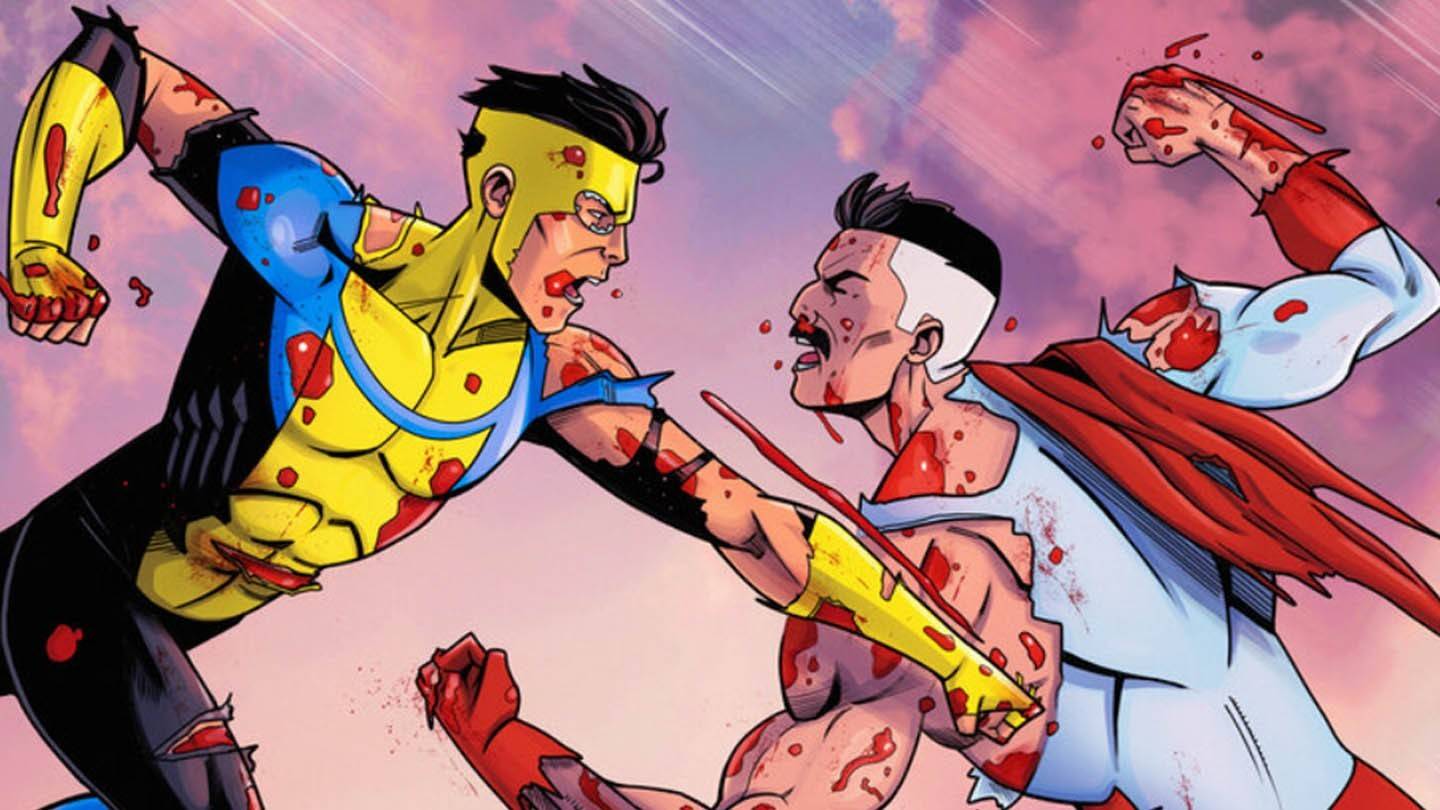 Image: amazon.com
Image: amazon.com
Villains like Conquest and the Shadow Council receive more nuanced treatment in the comics. The series simplifies their motivations for pacing, prioritizing high-stakes action over detailed backstory. This makes the story more accessible but risks oversimplifying the antagonists' complexity. Omni-Man's betrayal, for instance, feels more immediate in the series than in the comics.
Action Sequences: Enhanced Visuals and Choreography
 Image: amazon.com
Image: amazon.com
The series excels in its visually stunning action sequences. Battles are amplified with dynamic choreography and special effects, creating a sense of scale comparable to live-action blockbusters. However, these enhanced visuals sometimes deviate from the comics' depictions.
Thematic Exploration: Emphasis on Morality and Legacy
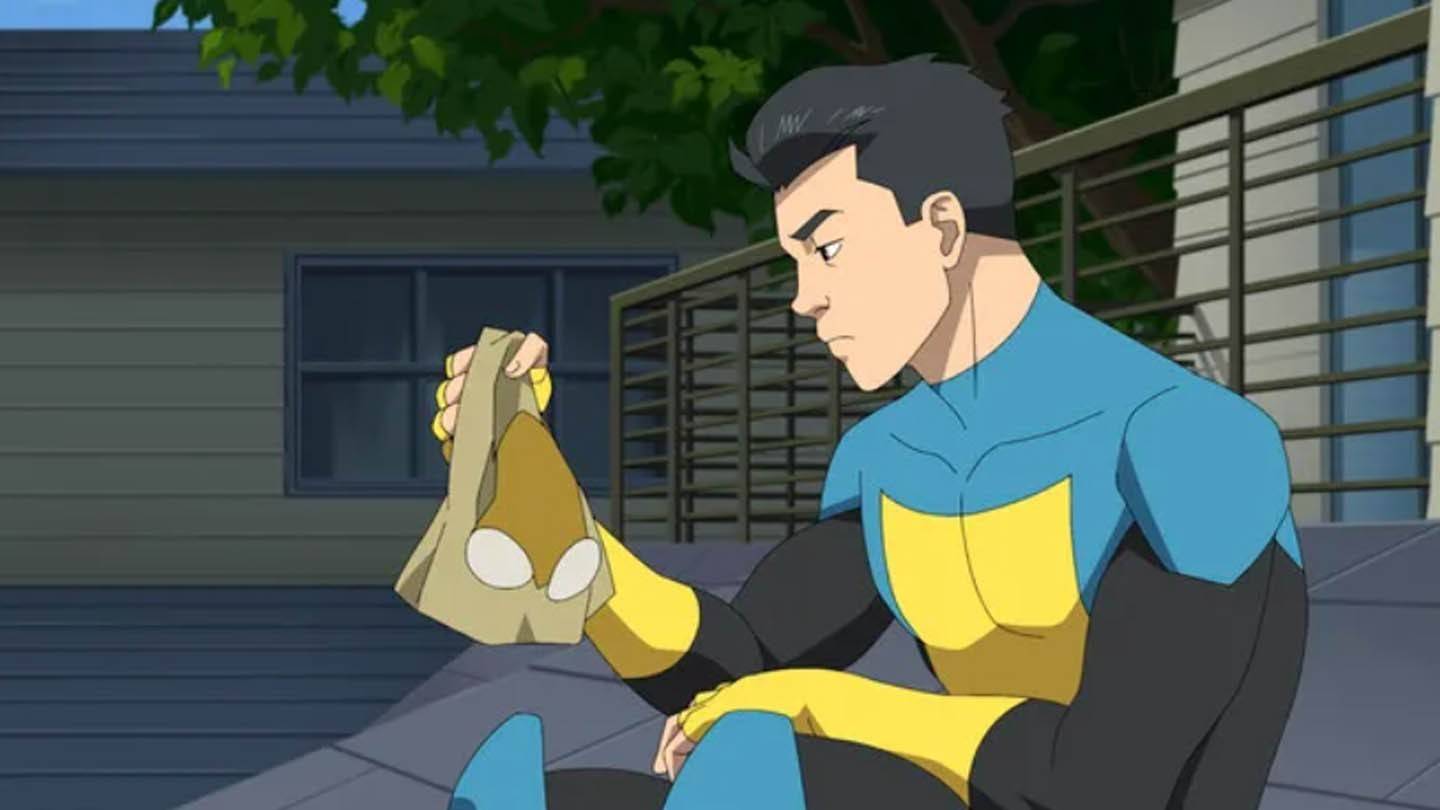 Image: amazon.com
Image: amazon.com
The series emphasizes themes of morality, power, and legacy, reflecting the demands of episodic storytelling. Mark's internal conflict regarding his father's actions, for example, receives more screen time. Other themes, such as the philosophical implications of superhuman existence, are somewhat downplayed for narrative focus.
Season 3 Critique: Why the Magic Fades
Despite the acclaim of the first two seasons, Season 3 left many fans underwhelmed.
Repetitive Storylines: Treading Familiar Ground
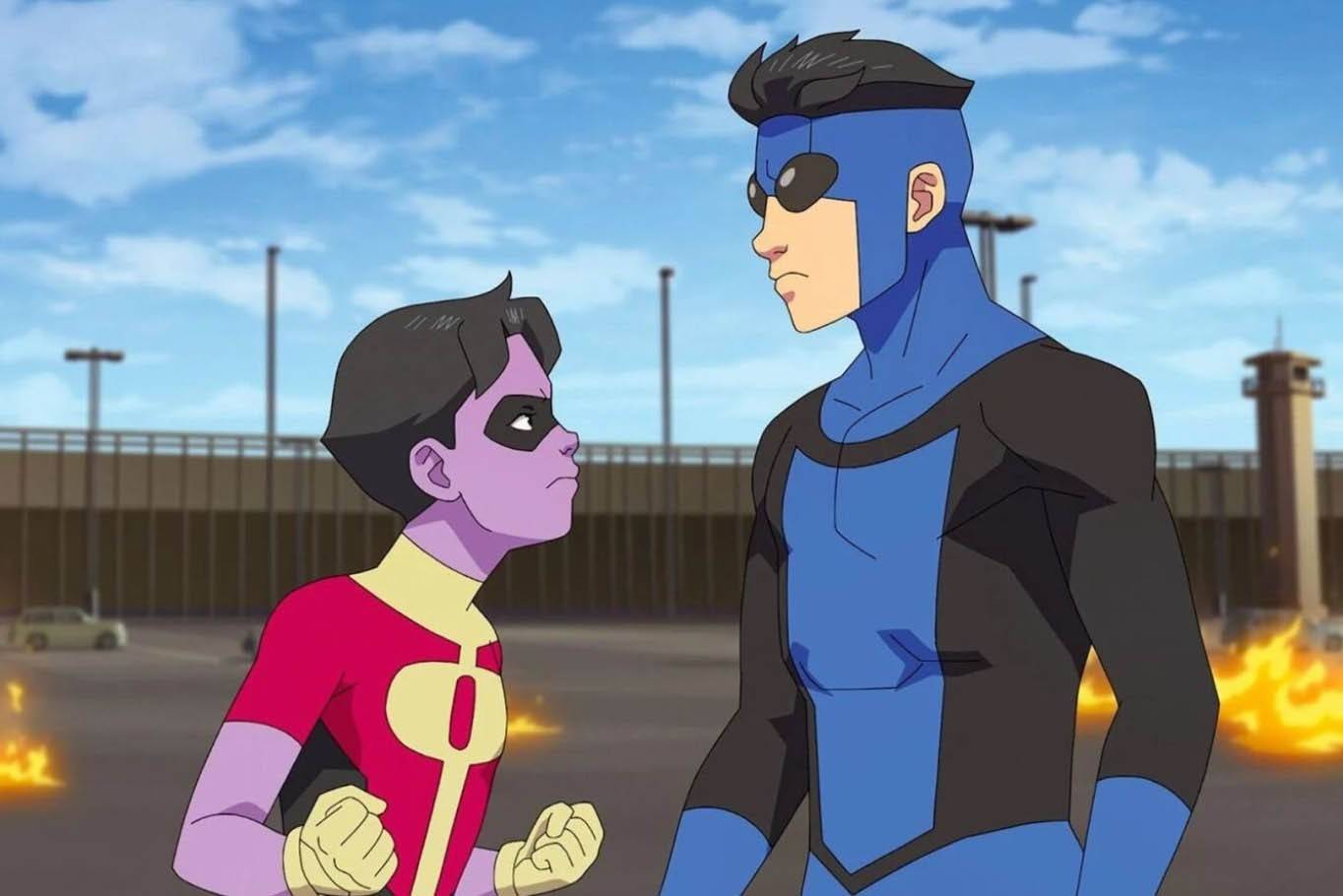 Image: amazon.com
Image: amazon.com
Season 3 is criticized for relying on familiar tropes and storylines, lacking the surprising twists and subversions of previous seasons. Mark's internal conflict regarding his father's legacy, for example, feels repetitive.
Cecil's Subplot: A Missed Opportunity
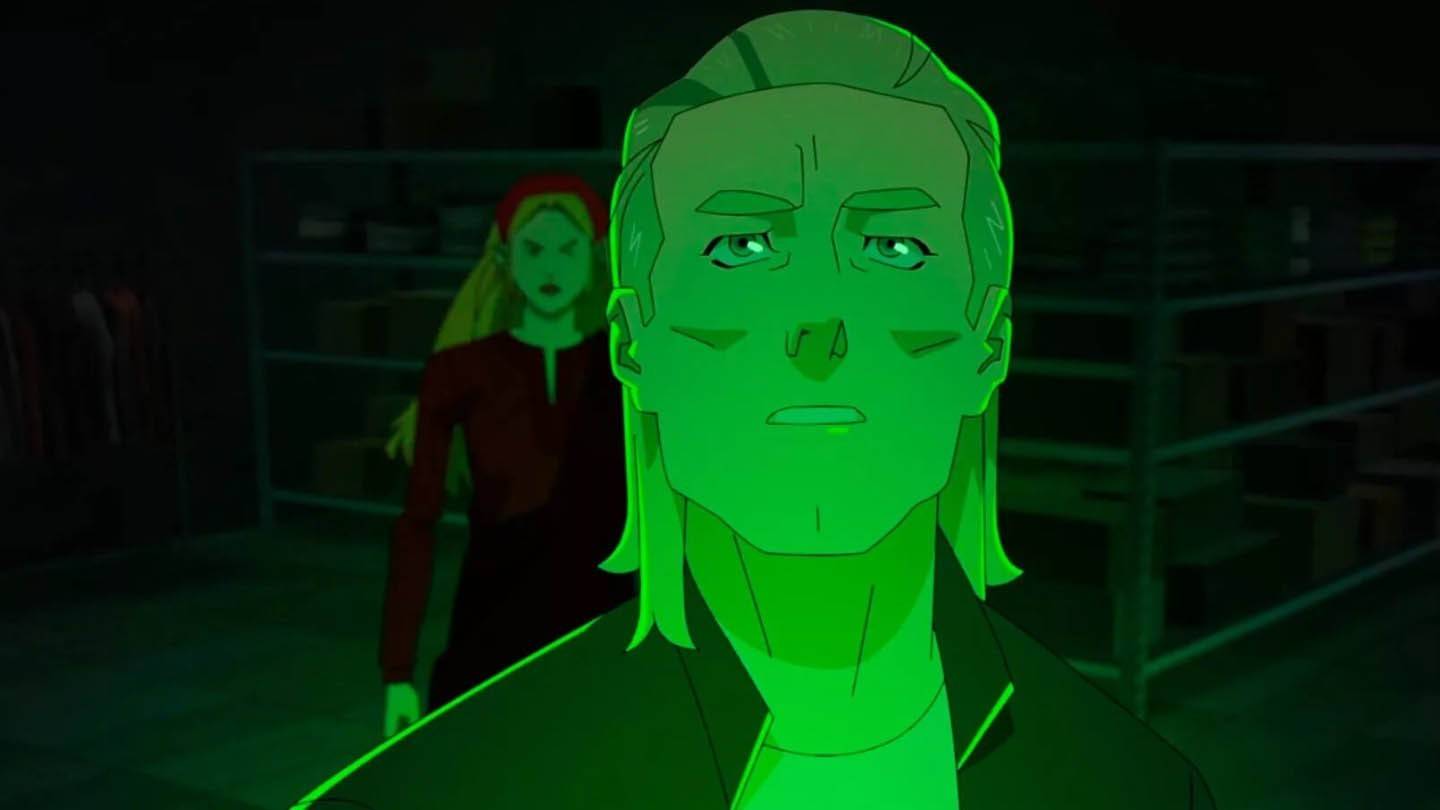 Image: amazon.com
Image: amazon.com
Cecil's subplot, while interesting, falls flat due to its overly idealistic portrayal, creating a disconnect and undermining the emotional weight of the conflict.
Lackluster Action: Where Did the Spark Go?
 Image: amazon.com
Image: amazon.com
Even the action sequences, while still visually impressive, lack the emotional impact of previous seasons. The absence of genuine stakes makes these moments feel less compelling.
Slow Start: Building Momentum Too Late
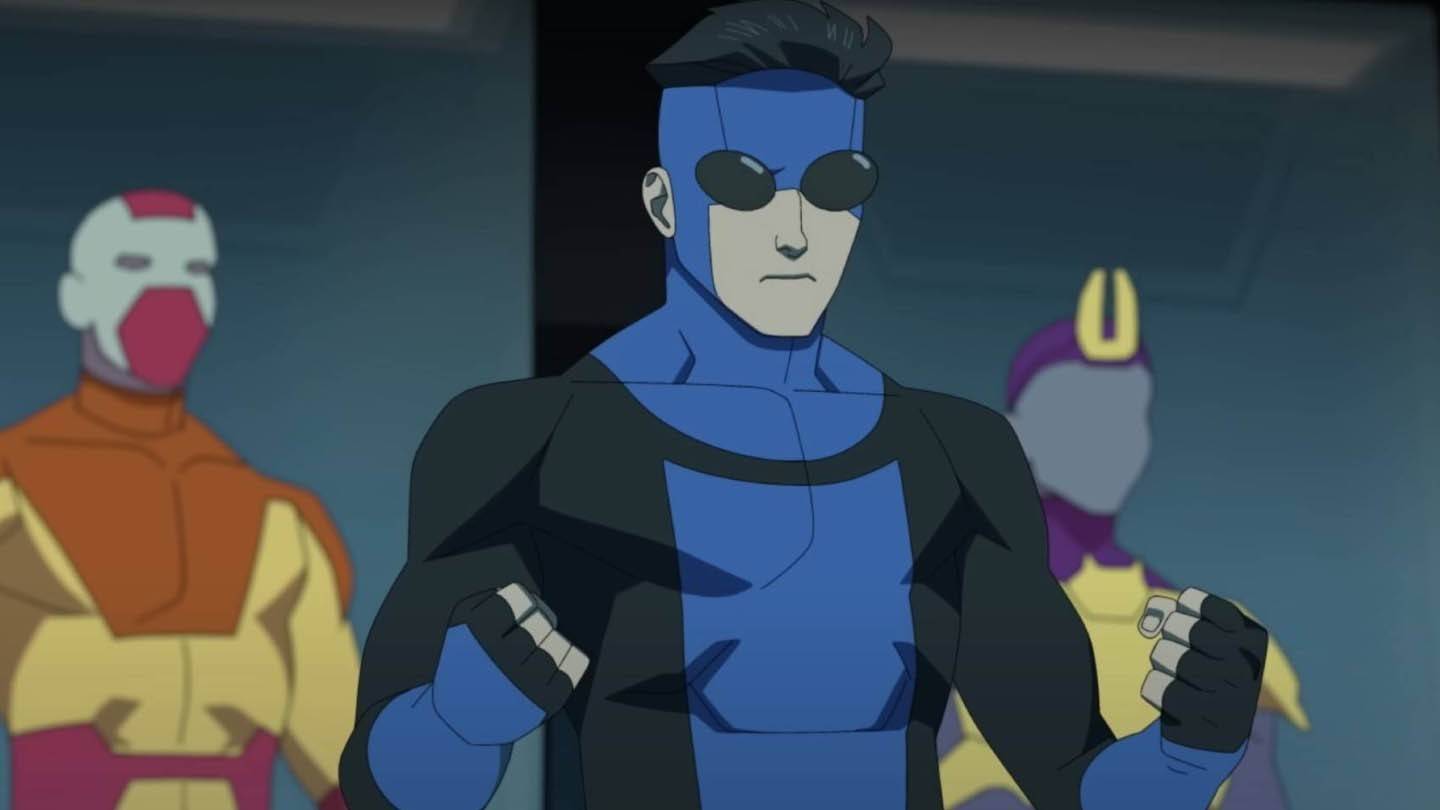 Image: amazon.com
Image: amazon.com
Season 3's sluggish start, with generic villains and uninspired threats, fails to establish initial urgency, making the eventual rise in momentum less impactful.
Balancing Adaptation and Innovation
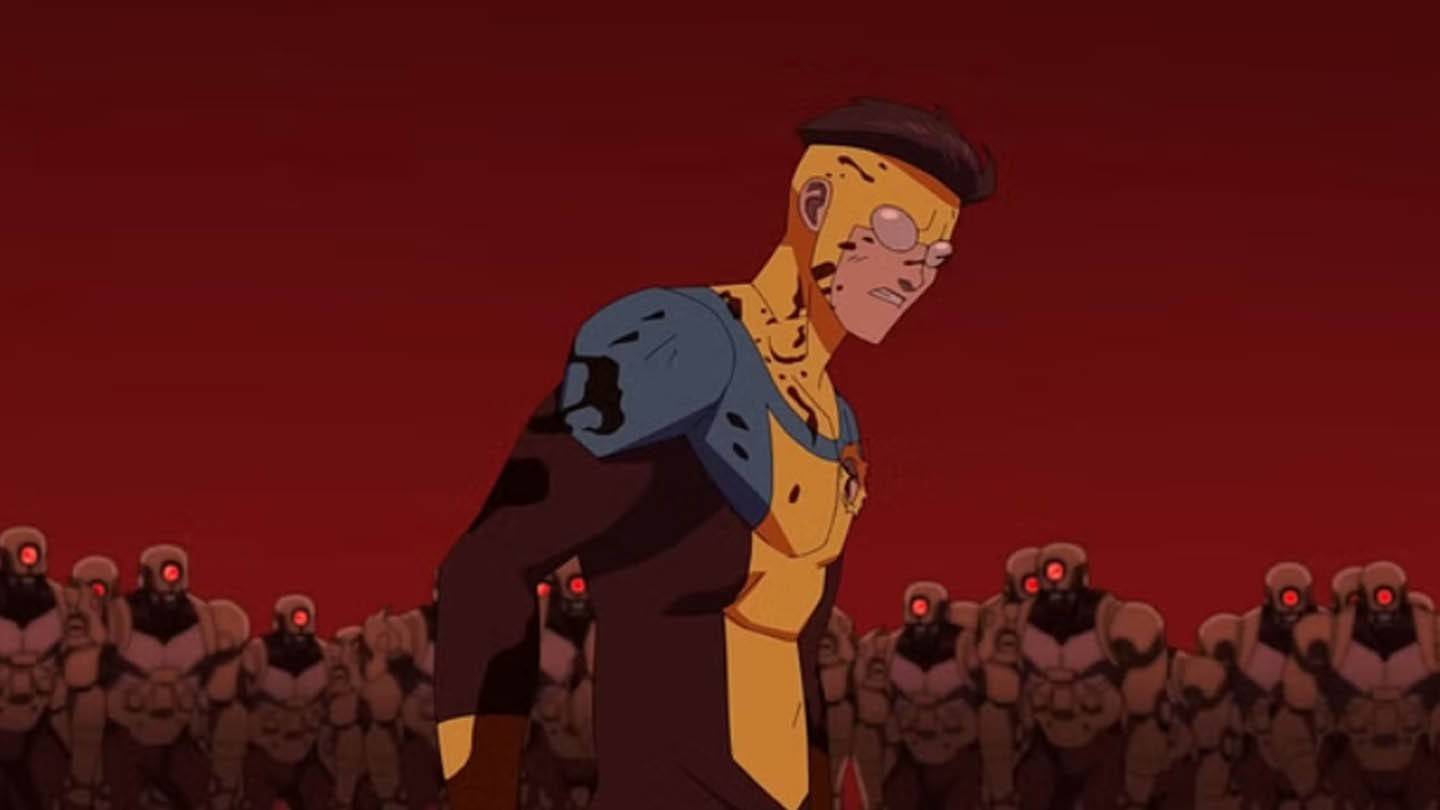 Image: amazon.com
Image: amazon.com
The series successfully captures the spirit of the comics while adapting for television. However, Season 3 highlights the challenge of balancing adaptation with innovation. Relying too heavily on familiar tropes or sacrificing depth for spectacle risks diminishing the original material's strengths.
Why Fans Should Still Watch (Read With Caution)
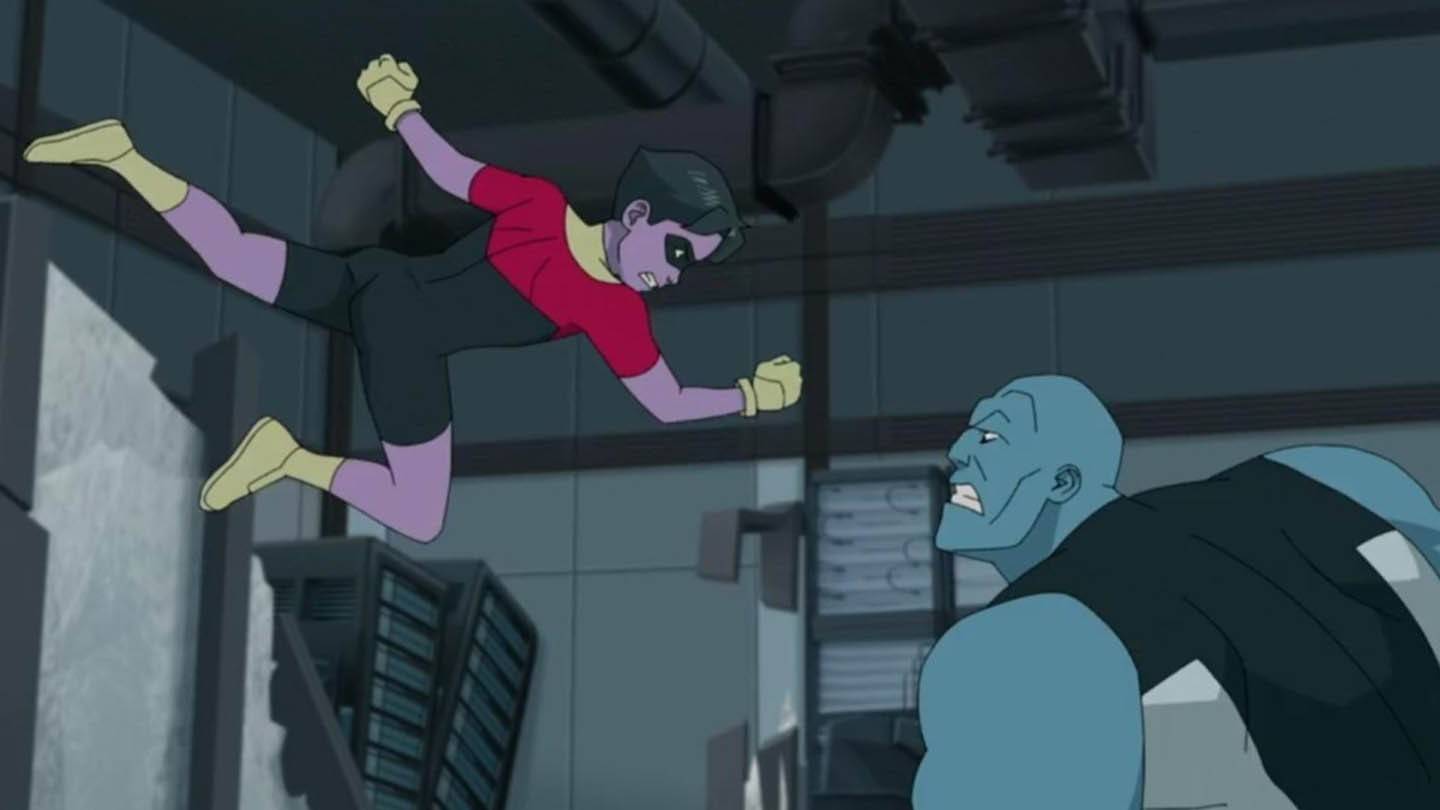 Image: amazon.com
Image: amazon.com
Despite its shortcomings, Invincible remains visually impressive and engaging. However, the spark that defined the first two seasons seems dimmed in Season 3. Whether future episodes recapture that energy remains to be seen, especially considering the limitations of adapting a finished work.

